Deluge to Delight: Masterful Tips for Cleaning Your Home After a Flood
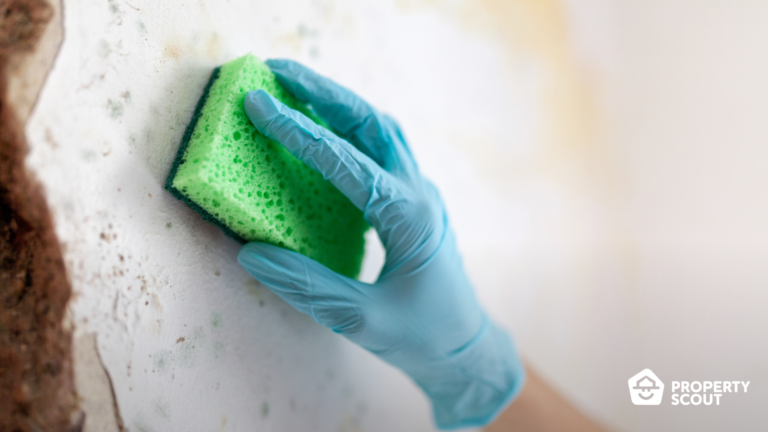
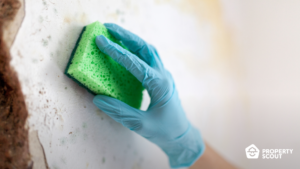
Dealing with a flood's aftermath can be overwhelming, but fear not, for we've gathered a treasure trove of expert tips to help you restore your home to its former glory. In this comprehensive blog post, we'll walk you through the essential steps, ingenious hacks, and powerful techniques to ensure a successful and satisfying cleanup process. Get ready to conquer the deluge and witness your space transformed from disaster to delightful, as we embark on this journey of reclaiming your home's true beauty.
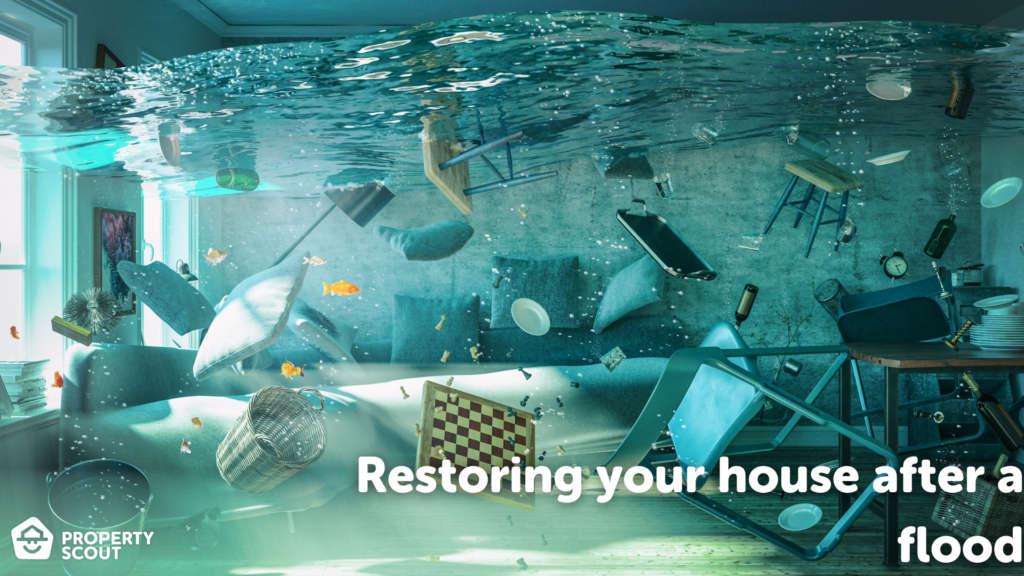
Prepare equipment for protection against mold, chemicals, and electrical currents
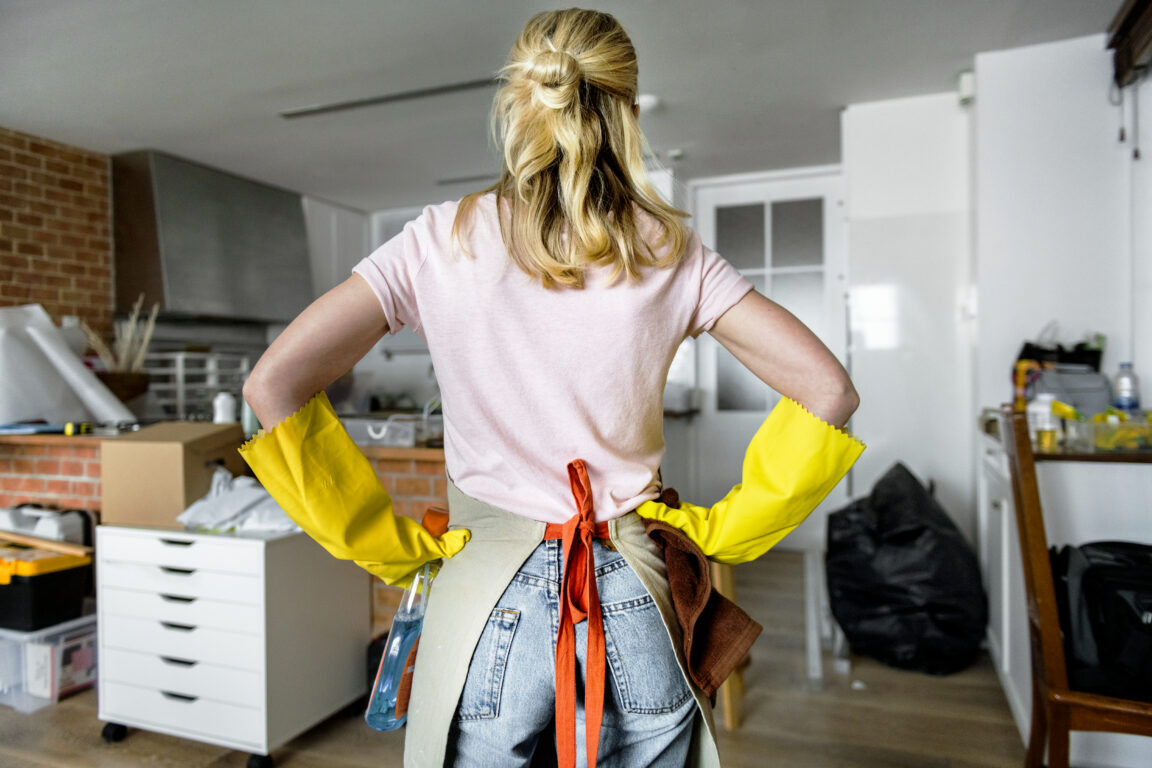
Shield yourself from the hidden dangers and contaminants lurking in floodwaters. Start by donning snug-fitting attire, including long-sleeved shirts and pants, while equipping rubber gloves and boots for comprehensive protection. This defensive ensemble not only safeguards your skin from mold and chemicals but also acts as a barrier against electrical hazards. For added security, don a respirator mask to shield your respiratory system from harmful mold spores, chemical fumes, and potential threats from venomous creatures seeking refuge within your home.
Inspect for damages and survey for poisonous animals

With your protective gear securely in place, it's time to step inside your home and conduct a thorough assessment. Take a meticulous tour, examining every nook and cranny for signs of damage that require your attention. But stay alert! Look out for unwelcome visitors and potentially dangerous creatures seeking refuge. From snakes and spiders to scorpions and crocodiles, be on the lookout for any venomous intruders. Your safety during the cleaning and restoration process is of utmost importance. Remember, it's best not to tackle this task alone. Gather a group of individuals to accompany you, ensuring that immediate assistance is available should any emergencies arise.
Check the electrical systems
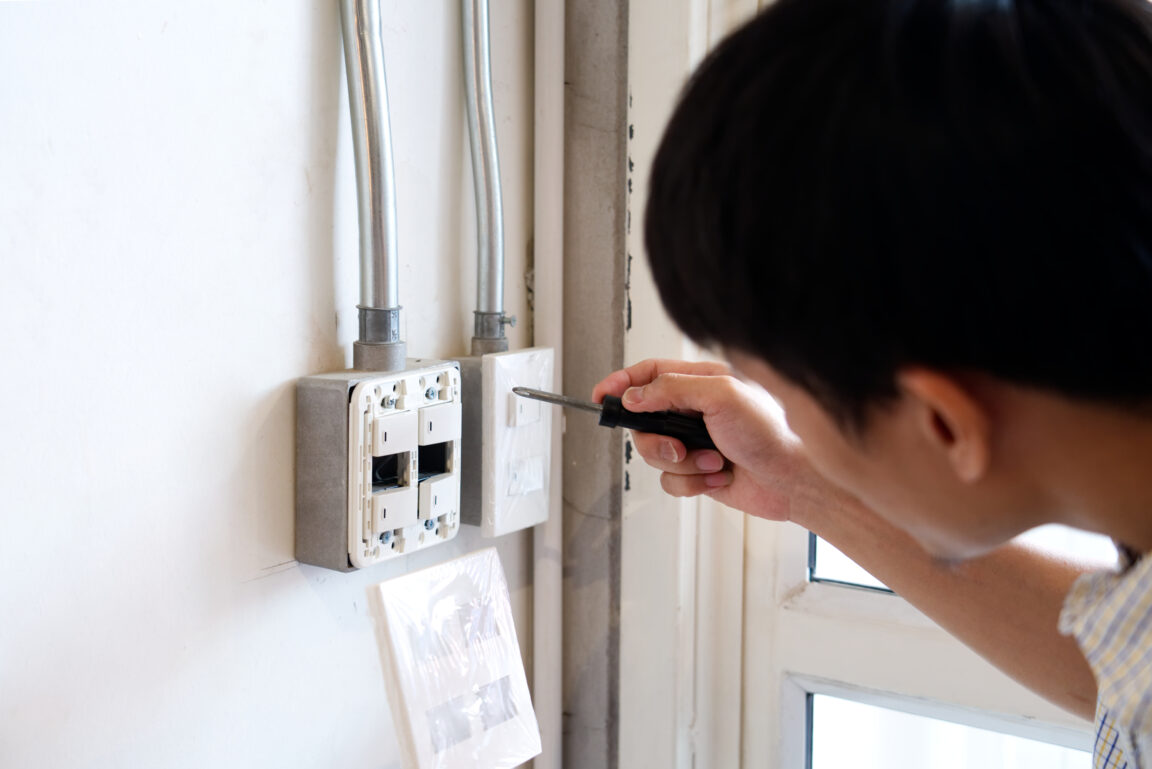
As you step into your home, prioritize the safety of your electrical system. Take a careful look at outlets and plugs, considering the possibility of damage or residual moisture that could pose a substantial risk if handled hastily. To err on the side of caution, it's advisable to minimize electricity usage whenever possible. Engage the services of a qualified electrician to thoroughly inspect and repair the electrical system before you resume normal operations. By taking these essential precautions, you can guarantee your safety and prevent any potential electrical hazards from jeopardizing your restoration efforts.
Move away furniture and appliances as well as managing trash disposal
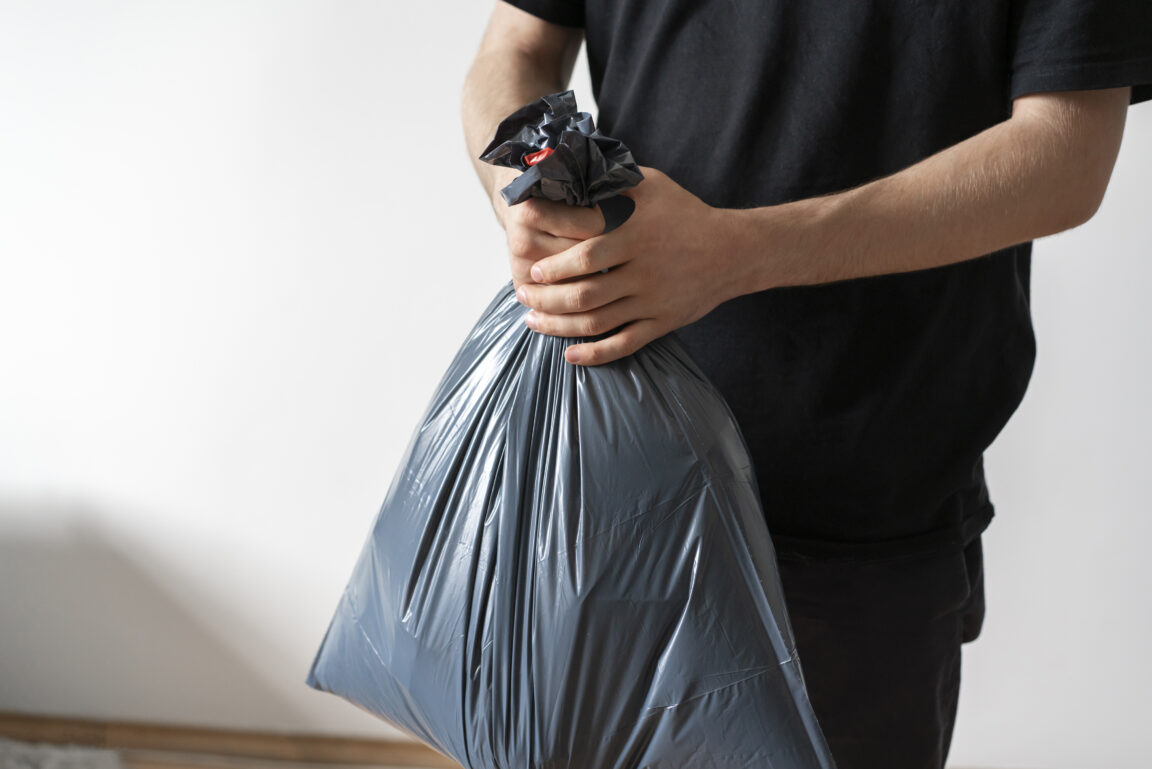
Unlock the power of fresh air by opening windows and doors, creating a well-ventilated environment that minimizes humidity levels within your home. This simple step is crucial in safeguarding against inhaling air tainted with mold spores and harmful pathogens, averting potential respiratory problems and allergies. Once done, carefully relocate your furniture outside, allowing it to bask in the open air, while effectively disposing of all trash and debris that accompanied the floodwater. By following these steps, you'll streamline your cleaning process, ensuring a more convenient and efficient restoration journey.
Cleaning the house, inside and out
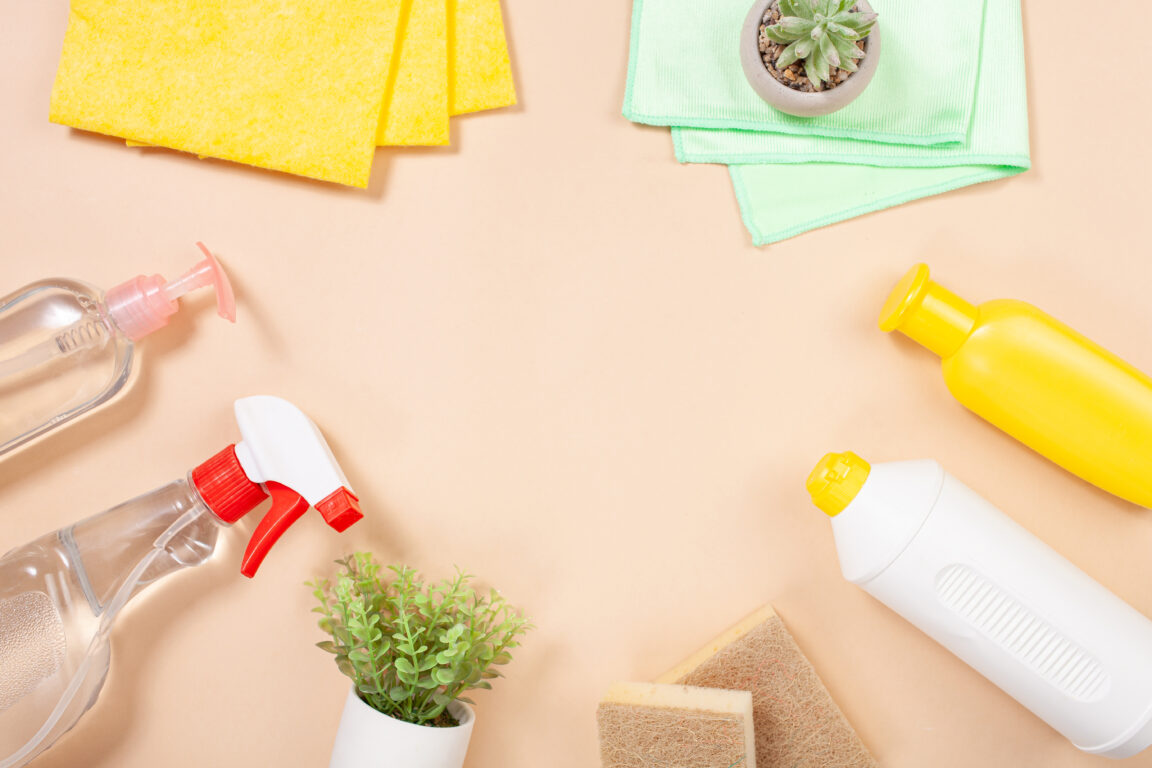
Unleash the power of cleanliness on your walls and floors using a simple yet effective combination of dish soap, spraying, scrubbing, and wiping away any traces of dirt and stains. Rinse with fresh water and let them air dry naturally. When tackling stubborn mold-infested areas, harness the cleaning prowess of rubbing alcohol, allowing it to work its magic for approximately 30 minutes before rinsing away with water. Get ready to restore your space to its former glory with these tried-and-true cleaning techniques.
- Cleaning equipment
Prepare yourself for a thorough cleaning session by dressing in appropriate attire, including long-sleeved shirts, pants, gloves, boots, and protective eyewear, to ensure maximum safety. Don't overlook the importance of wearing a face mask to protect your respiratory system from harmful pathogens. Along with your protective gear, gather essential cleaning tools like coconut husk brooms, floor scrub brushes, water buckets, garbage bags, adhesive tape, and cleaning cloths.
In addition to the necessary equipment, it's crucial to have the right cleaning products on hand. Ensure you gather items such as bleach for brightening clothes, baking soda for its versatile cleaning properties, hydrogen peroxide for disinfection purposes, 70% isopropyl alcohol for effective germ-killing, and a range of disinfectant cleaners tailored to your specific cleaning needs.
- Begin Cleaning
Achieve a thorough clean by using a water spray to wash away dirt and grime, and by employing suitable cleaning products tailored to the requirements of each specific area. However, when tackling mold, it's crucial to refrain from using water. Instead, opt for a solution of 70% isopropyl alcohol or a bleach mixture consisting of 300 milliliters of bleach blended with around 4 liters of water. Apply this solution to the affected surfaces, letting it sit for 15-30 minutes before rinsing it off with clean water and ensuring everything is dried thoroughly.
Don't repaint the house right away after paint flaking
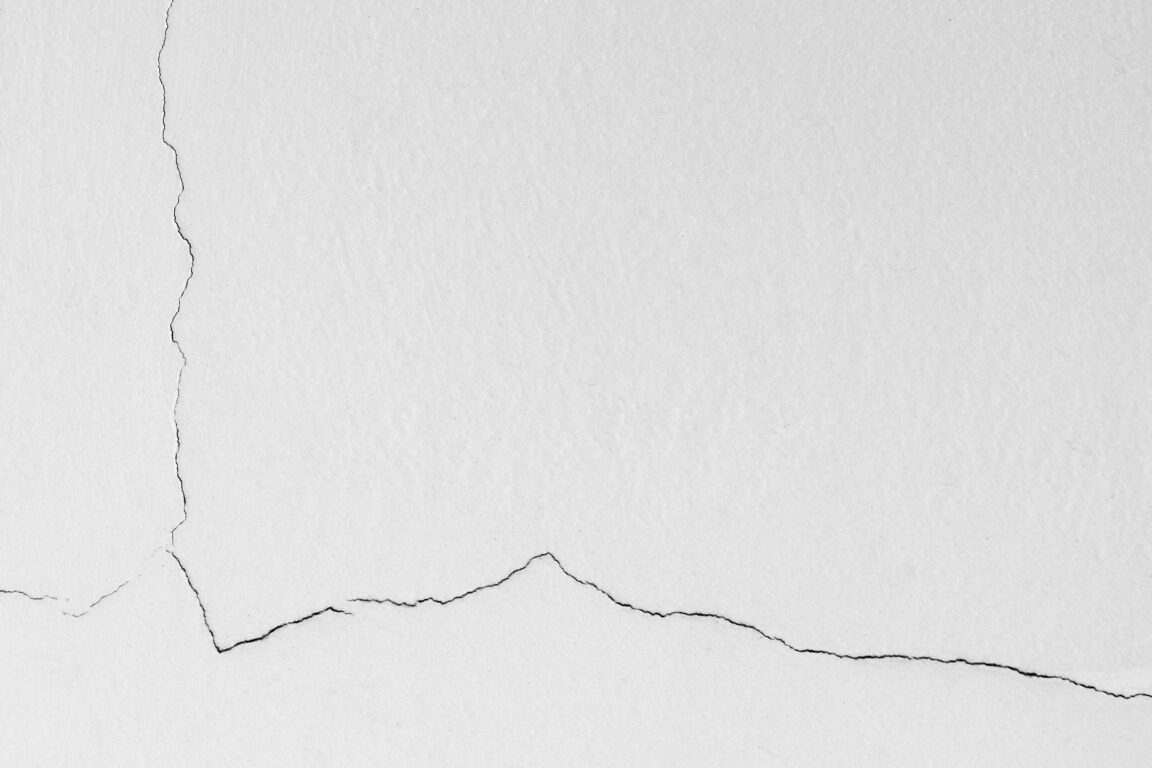
Achieving a beautiful and durable paint finish after a flood requires careful consideration. The walls of your home naturally absorb a significant amount of moisture, and hastily applying a fresh coat of paint can result in peeling and poor adhesion. To ensure a successful and long-lasting paint job, it is crucial to allow ample time for your home to dry completely. Waiting at least one month after thorough cleaning is recommended before embarking on your repainting project.
Check the extent of the damage in case of ceiling-level floods
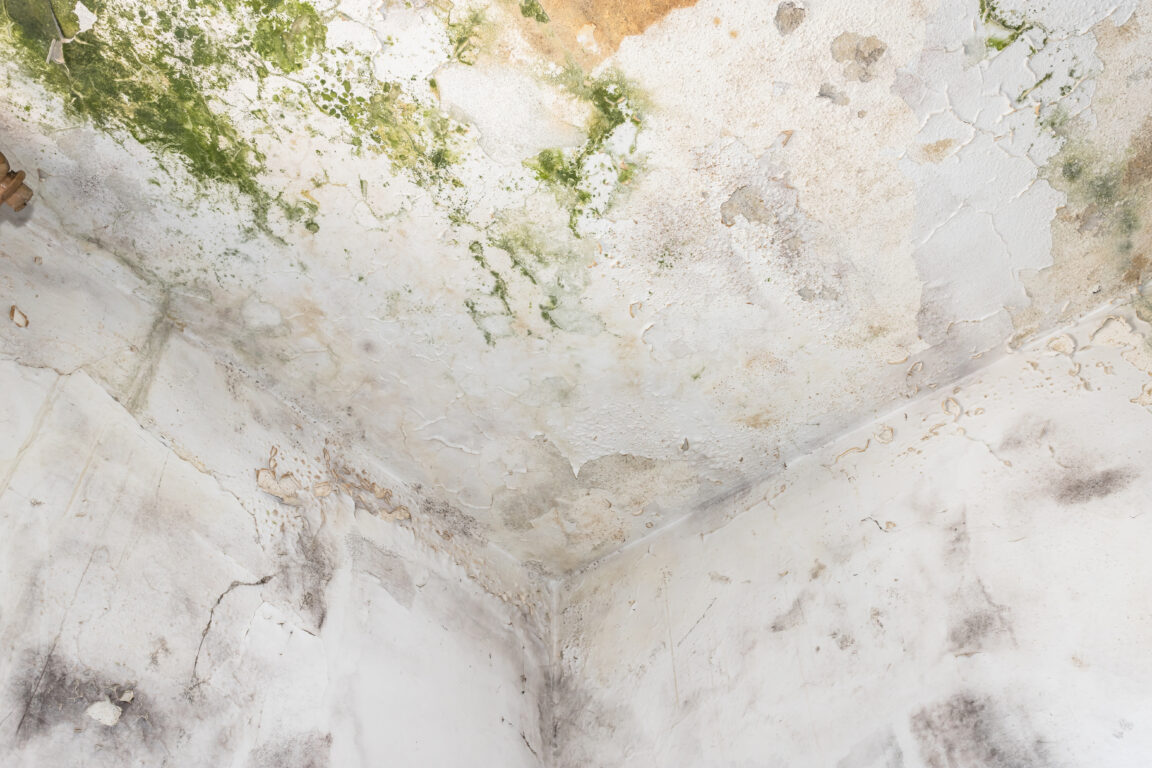
When faced with extensive flooding that affects the entirety the bottom floor of your house, it is crucial to assess the condition of the ceiling. Signs of sagging or excessive water absorption indicate a potential risk of collapse once the occupants have evacuated. To prevent any unforeseen accidents, it is recommended that homeowners promptly inspect and replace a significantly damaged ceiling, ensuring proper repairs are made before embarking on the cleaning and restoration process for other areas. Prioritizing these safety measures is essential for a successful recovery from severe flooding.
Check carefully as to which furniture can be dried out in the sun and which furniture can't
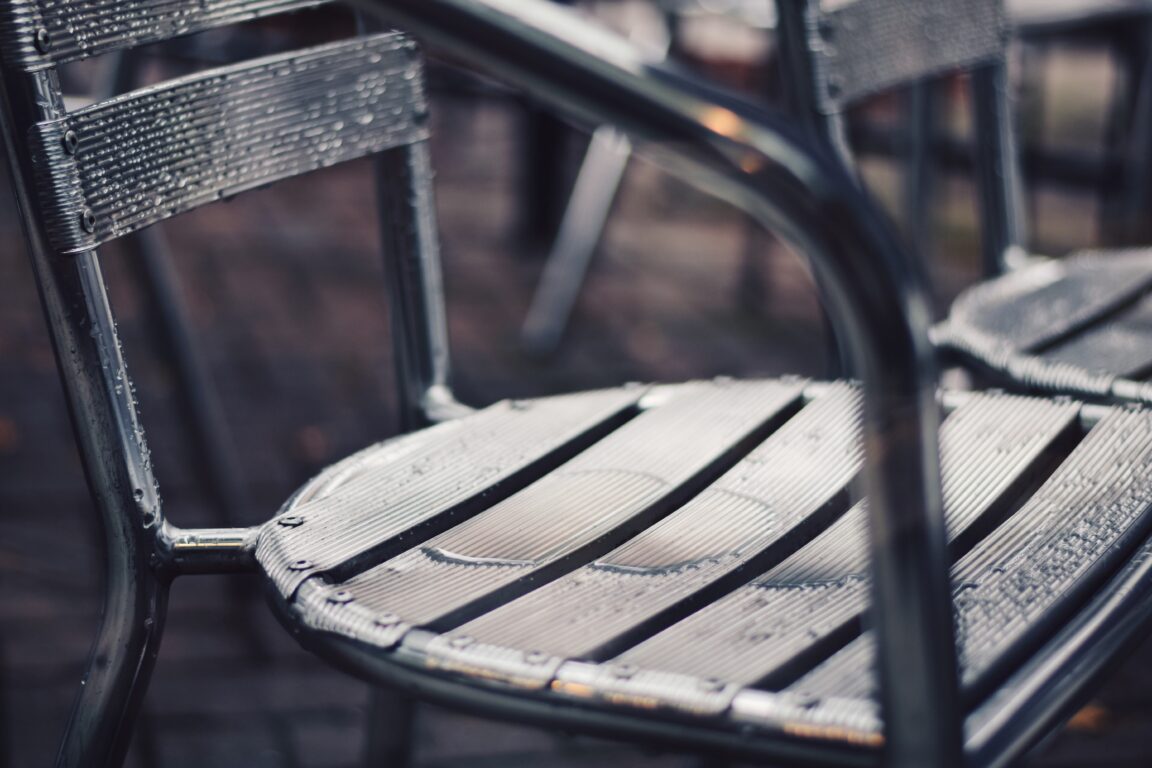
When it comes to furniture with fabric components, you can safely air-dry them in the sun after cleaning. However, for solid wood, plastic, or leather furniture, it's important to avoid direct exposure to sunlight post-cleaning, as it can lead to warping or deformation. Instead, opt for wiping these pieces with a dry cloth or allowing them to air-dry in a shaded area. This gentle approach helps preserve their overall condition effectively. If you're in need of faster drying, consider using a fan, but always ensure that your house's electrical system has been repaired and is in a safe working condition.
Conclusion
In the face of a devastating flood, restoring your home to its former glory can feel like an overwhelming task. But with these masterful tips for post-flood cleaning, you can turn the deluge into delight. By taking proactive measures, such as wearing protective gear, using appropriate cleaning products, and allowing sufficient drying time, you can ensure a thorough and successful cleanup. Remember, patience and careful attention to detail are key as you revitalize your space and create a safe, clean haven for you and your loved ones. So roll up your sleeves, embrace the challenge, and let the transformation begin. Your home will soon rise above the floodwaters, shining brighter than ever before.
Find your ideal property, available for sale or rent in the best prices possible, or list your property for sale or rent here. Alternatively, if you have any further questions, please get in touch with us:



